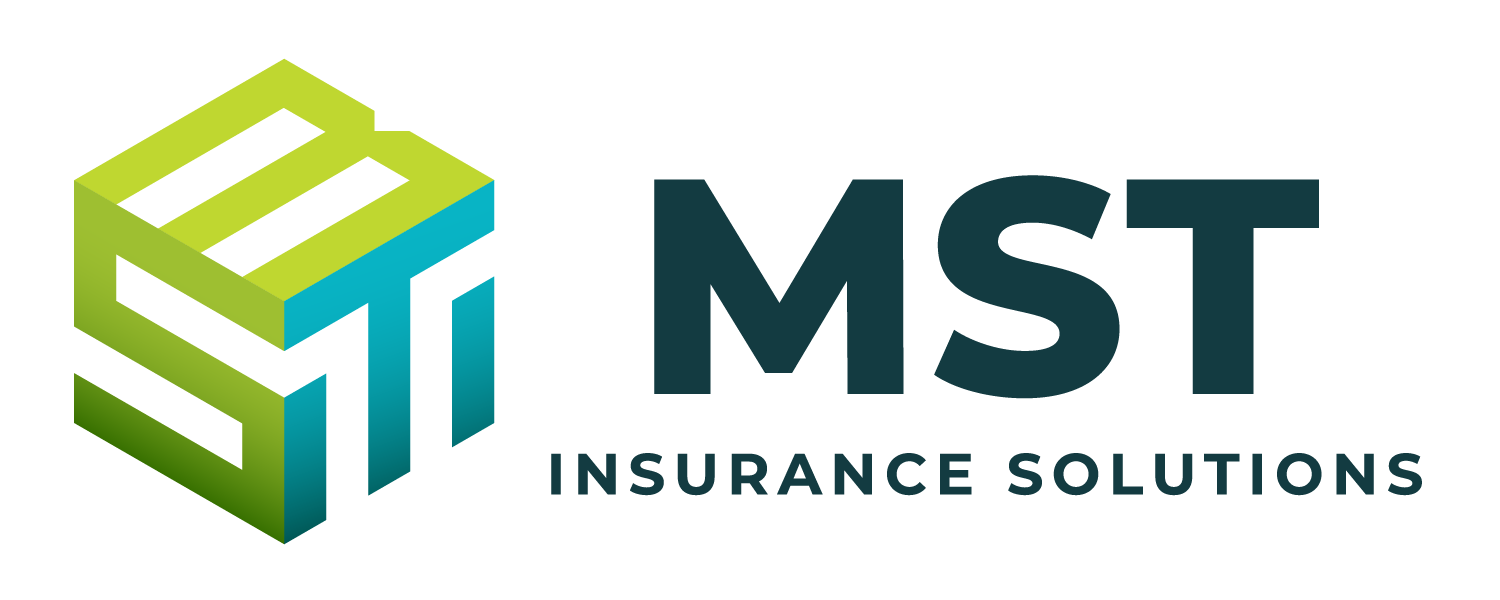On Nov. 4, 2021, the Occupational Safety and Health Administration (OSHA) announced a federal emergency temporary standard (ETS) to address the grave danger of COVID-19 infection in the workplace. Affected employers will be required to comply with most provisions of the ETS by Dec. 6, 2021, and with its testing requirements by Jan. 4, 2022. Affected employers include private employers with 100 or more employees (firmwide or companywide count).
The ETS requires each covered employer to establish and implement a written mandatory vaccination policy unless the employer adopts an alternative policy requiring COVID-19 testing and face coverings for unvaccinated employees. To meet the definition of “mandatory vaccination policy,” the policy must require vaccination of all employees, including all new employees as soon as practicable, other than those employees for whom:
- A vaccine is medically contraindicated;
- Medical necessity requires a delay in vaccination; or
- A reasonable accommodation is legally entitled under federal civil rights laws because they have a disability or sincerely-held religious beliefs, practices or observances that conflict with the vaccination requirement.
This compliance bulletin will cover the requirements for COVID-19 policies for mandated vaccinations and alternative policies that include testing and face coverings.
Action Steps
Employers should review, understand and implement the requirements for developing, implementing and enforcing COVID-19 policies within their workplaces by Dec. 6, 2021.
COVID-19 Vaccine Policy Overview
In the ETS, OSHA states it believes that requiring or strongly encouraging vaccination is the most effective and efficient control for reducing COVID-19. OSHA’s statements also indicate it believes vaccination is key to ensuring the protection of workers against the grave danger of exposure to SARS-CoV-2 in the workplace. Therefore, OSHA requires employers to implement a written mandatory vaccination policy but will allow for an alternative policy that allows employees to choose either to be fully vaccinated or to be regularly tested and wear a face covering.
The ETS requires covered employers to develop, implement and enforce written policies on COVID-19 vaccination for their workforces. A valid policy must require each employee to be fully vaccinated unless they fall into one of three categories mentioned above. A policy must also require all new employees to be vaccinated as soon as practicable.
Developing and Implementing a Valid Policy
COVID-19 Vaccination and Testing Policy Requirements
Effective written policies will explain vaccination and testing requirements for unvaccinated employees as well as how employers will implement and enforce those policies. Testing requirements differ for employees who report at least once every seven days to a workplace compared to those who do not. Thus, these policies may describe different testing procedures for those different groups of employees, depending on how often they physically report to a workplace where other individuals are present.
Employers may have already developed a written policy on vaccination, testing and face coverings. OSHA expects these employers to evaluate and modify these policies as necessary to comply with the minimum requirements set by the ETS. Comprehensive and effective policies should address:
- Requirements for COVID-19 vaccination, including applicable exclusions from the written policy (e.g., medical contraindications, medical necessity requiring a delay in vaccination or reasonable accommodations for workers with disabilities or sincerely held religious beliefs);
- Procedures for determining and collecting employee vaccination status (must include information on paid time and sick leave for vaccination purposes);
- Procedures for notification of positive COVID-19 tests and removal of COVID-19-positive employees from the workplace (following a positive COVID-19 test or diagnosis, testing requirements are temporarily suspended for 90 days);
- A description of communication channels that will be used to communicate or transmit information to employees;
- Mandatory face-covering use (including procedures for employee compliance); and
- A discussion of possible disciplinary action for employees who do not abide by the policy.
In addition to addressing these requirements, employers should also include all relevant information regarding the policy’s effective date, to whom the policy applies, deadlines (e.g., for submitting vaccination information, for getting vaccinated) and procedures for compliance and enforcement, all of which are necessary components of an effective plan.
Exemptions to the Mandatory Vaccination Policy
Employers that do not establish and implement a written mandatory vaccination policy must establish and implement a written policy allowing any employee not subject to a mandatory vaccination policy to choose to either be fully vaccinated or regularly tested for COVID-19 and wear a face covering.
Employers that choose the written policy for weekly testing and wearing a face covering must still offer their support for the vaccination and may not prevent employees from getting vaccinated.
In addition, under federal law, some employees may refuse to be vaccinated or wear face coverings on the basis that they are entitled to reasonable accommodations from their employer, absent undue hardship. Reasonable accommodations in these scenarios may apply to some individuals with:
- Disabilities, as defined by the Americans with Disabilities Act (ADA); and
- Sincerely held religious belief, practice or observance.
These requests should be carefully considered in light of the guidance issued by the Equal Employment Opportunity Commission (EEOC). The ETS clearly states that these accommodations exist independently of the OSH Act and, therefore, OSHA does not administer or enforce these laws.
As a result, comprehensive and effective policies should also address applicable exclusions from the written policy (e.g., medical contraindications, medical necessity requiring delay in vaccination, or reasonable accommodations for workers with disabilities or sincerely held religious beliefs).
Accounting for Vaccinated and Unvaccinated Employees
Given the exemptions to the ETS mandatory vaccination requirement, various workplaces may end up with both vaccinated and unvaccinated employees. For example, an employer with a mandatory vaccination policy might have employees who cannot be vaccinated for medical reasons.
Given the additional safety protocols under this standard for individuals who are not fully vaccinated, employers that have both vaccinated and unvaccinated employees will have to develop and include the relevant procedures for two sets of employees in their written policies.
The procedures for those who are fully vaccinated should contain all the information previously discussed relevant to establishing, implementing and enforcing a comprehensive written policy. However, the procedures applicable to employees who are not fully vaccinated (i.e., those who decline vaccination, those who are unable to receive vaccination and are entitled to reasonable accommodation, absent undue hardship to their employers) and those who are unable to provide proof of vaccination (who must be treated as not fully vaccinated) must include COVID-19 testing and face-covering use, respectively, unless the reasonable accommodation from vaccination removes the employee from the scope of § 1910.501 (e.g., full-time telework consistent with one of the exceptions in § 1910.501(b)(3)).
Having a comprehensive written policy will provide an effective, solid foundation for employees’ COVID-19 vaccination programs while making it easier for employers to inform employees about the program-related policies and procedures.
New Hires
As an employer develops their written policy, they must address how the policy will apply to new employees. Although many new hires will be fully vaccinated, there should be procedures within the plan to collect information about:
- New employees’ vaccination status;
- Determination of when an unvaccinated new hire must be vaccinated by; and
- Employers’ use of the COVID-19 testing and face-covering policy. Employers must determine when COVID-19 testing and face-covering use will commence if an employee remains unvaccinated.
All new hires should be treated similarly to any employee who has not entered the workplace in the last seven days and will need to be fully vaccinated or provide proof of a negative COVID-19 test within the seven days prior to entering the workplace for the first time. OSHA states it is not its intention to discourage employers from hiring new employees but rather to ensure that new employees are as well-protected from COVID-19 hazards in the workplace.
Partial Mandatory Vaccine Policies
OSHA’s ETS will allow employers to develop and implement partial mandatory vaccination policies, meaning mandatory policies that apply to only a portion of their workforce. An example of this might be a retail corporation employer with a mixture of staff working at the corporate headquarters, performing intermittent telework from home and working in stores serving customers.
In these types of situations, employers may choose to require vaccination of only some subset of its employees (e.g., those working in stores) and to treat vaccination as optional for others (e.g., those who work from headquarters or who perform intermittent telework). This approach would comply with the ETS so long as the employer complies in full with developing, implementing and enforcing a COVID-19 vaccination policy or following the partial exemption of offering employees the choice of vaccination or weekly testing and face coverings for the respective groups.
Resources
OSHA has published a number of sample resources employers can use to create their own COVID-19 vaccination and testing policies. These resources include model policies and fact sheets. Employers should review these documents as they prepare for and evaluate their compliance with the ETS.
Enforcing the Policy
Compliance with the ETS depends not only on development and implementation but also on the enforcement of valid policies. OSHA recommends that effective policy enforcement efforts include adequate employee training and, when necessary, the use of such mechanisms as work rules and workplace disciplinary systems.
Reviewing Existing Policies
An employer may have already developed and implemented a written policy on vaccination, testing, and/or face-covering use to protect employees from COVID-19. OSHA states it does not want employers to duplicate current effective policies covering the requirements of this ETS; however, each employer with a current policy must evaluate that policy to ensure it satisfies all of the requirements of this rule. Employers with existing policies must modify and/or update their current policies to incorporate any missing required elements. Once this is completed, employers must provide information on these new updates or modifications to all employees. Once the employer has developed its policy, the policy must be in writing.
Source: Occupational Safety and Health Administration
For a copy of this notice, click here: OSHA COVID-19 Vaccine and Testing ETS Policy Requirements for Employers

